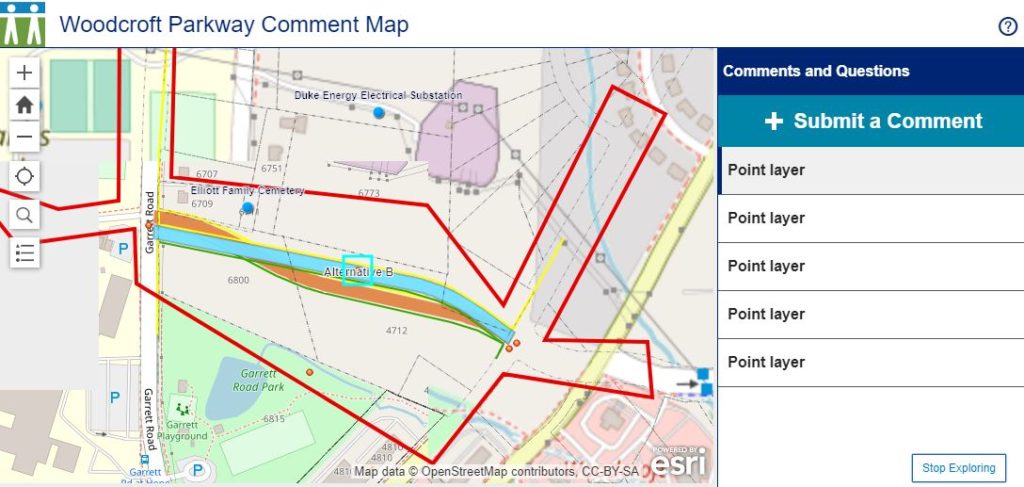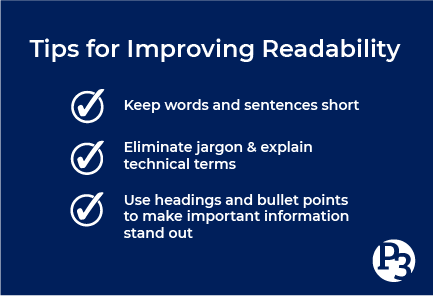
05 Jun 5 Tips for Effective Public Engagement in the Age of COVID-19
Gone are the days of crowded town hall meetings and hours-long open houses. In the midst of a global pandemic, public participation must become more technology-based to accommodate distancing guidelines in the name of public health. Say hello to the virtual world of public engagement.
COVID-19 is changing the way we think about and practice public engagement. Technological tools assist with reaching members of a community from the safety of individual homes. Some are tools we’ve used before, like online surveys and project videos. Some tools may be completely new, like live virtual public meetings. Whichever engagement methods you choose, here are five ways to make your virtual engagement more successful during COVID-19.
1. Explain the impact of participation.
COVID-19 has infected our society in more ways than one. We have been overwhelmed with political, socio-economic, and societal implications on top of the public health crisis. On an individual level, the pandemic threatens our health, employment, and social outings. On a business level, the stay-at-home orders threaten companies’ ability to survive. This stress doesn’t go away just because we have other things to discuss.
It can be difficult for participants to see the point in engaging in an online survey or virtual meeting in the middle of the current chaos. Many people are focused on their immediate reality – just getting through each day. But the projects we are working now will have long-term impacts for everyone.
We could all use a reminder that there is still a future we can influence outside of the pandemic. Take the time to create clear messaging about how participation in your specific project will help create a positive, lasting impact. Before each engagement, let your participants know how their input will be used. Follow up with participants to explain results and to tell them how their feedback helped you create alternative designs or consider different amenities.
Addressing the significance and public impact of your project can not only help make participation feel more worthwhile but also help build trust through transparency. Now, more than ever, we can show the public that we truly value their input.
2. Use the tools you have but add a bit of sparkle.
Whether you’re hosting a live virtual meeting, uploading a narrated PowerPoint, or creating a project webpage, take some time to add something extra. Making your materials more interactive or attention-capturing will help keep your participants engaged.
Here are some simple ways to make your content extra dazzling:
- Insert polling into your live virtual meeting
- Add background music to your pre-recorded video
- Use interactive mapping tools
- Provide an incentive, like a raffle

3. Value your participants’ time.
We should all be doing this on a regular basis, but clarity and brevity is especially important right now. With everyone being overwhelmed by messaging in light of this pandemic, it is important to keep everything as short and relevant as possible to properly value everyone’s time.
This applies not only to content, but surveys as well. The more survey questions you have, the less time participants spend reading and responding. This means that the quality and reliability of your data can be compromised. Additionally, participants are more likely to abandon taking your survey if it takes them more than 7-8 minutes. Keep it short.
4. Consider your content’s accessibility.
When creating virtual content, you’ll need to think about language, technological, and physical accessibility. One additional accessibility consideration that often gets left behind is readability.
Some things to consider:
- The average American has a 7th/8th grade reading level
- People scan webpages and only read about 18% of the content
- Improving readability will make it more likely that your participants will get the info they need
One downside of virtual meetings is the distance between the participant and the project team. Participants can’t raise their hand to ask what a technical term means, and they’re not likely to email the project manager for clarification.

So how do we make our content more accessible?
- Keep words and sentences short.
- Eliminate jargon and explain technical terms.
- Use headings and bullet points to make important information stand out.
Taking a bit of time to improve readability will make your project more successful in the long run.
5. Ask yourself: Whose voice is missing?
You’ve done the work, the information’s out there. Now it’s time to ask yourself: whose voice is missing?
It probably won’t surprise you that you’re hearing from the same people you usually do. But when we’re primarily using technology as our means of outreach and engagement, there are other barriers to access we have to consider.
Traditionally underrepresented populations, including minority and senior citizen populations, are more likely to not have access to or the ability to use technology. It’s our responsibility to find new ways of engaging these populations, such as through mailers, postcards, or phone conversations.
Make it your mission to get everyone involved.
We’re just getting started
This is a completely unprecedented situation and every individual and organization is attempting to navigate it as best as possible. As we transition into virtual public engagement, it’s important to remember that we’re all just getting started. Change can be uncomfortable, but it can also be exciting.
We’re looking forward to seeing how these circumstances change the way we engage in the future. What about you? How do you think COVID-19 will impact the future of public participation? Let us know in the comments below!
TL;DR
About the author: Deirdre Scanlon is the Communications Engagement Specialist for Public Participation Partners (P3). When not dreaming up new ways to equitably engage the public, you can find Deirdre tending to her houseplants or walking the trails of Raleigh, NC.


Sorry, the comment form is closed at this time.